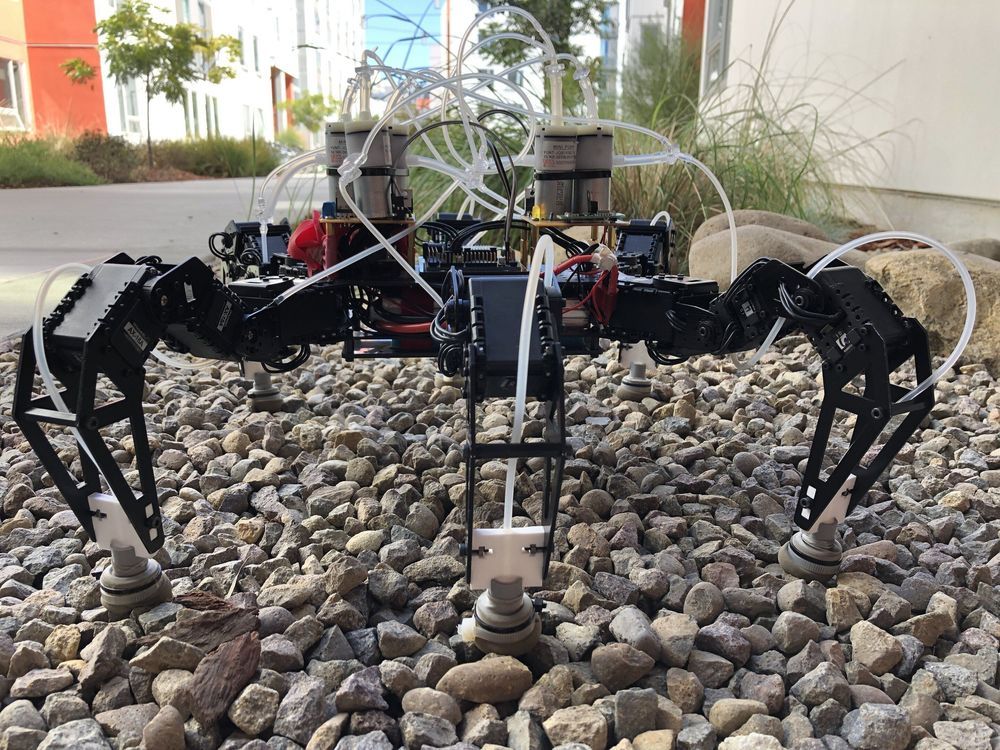As the pandemic’s economic toll grows around the world, some experts fear it could harm science for decades by putting many thousands of researchers out of work and forcing nations to slash funding as they rebuild societies. Others say the pandemic could highlight the importance of science and spur long-term support, especially for basic research, much as the Second World War did.
Financial crises could spell trouble for science budgets but spending could surge in some countries: part 2 in a series on science after the pandemic.







